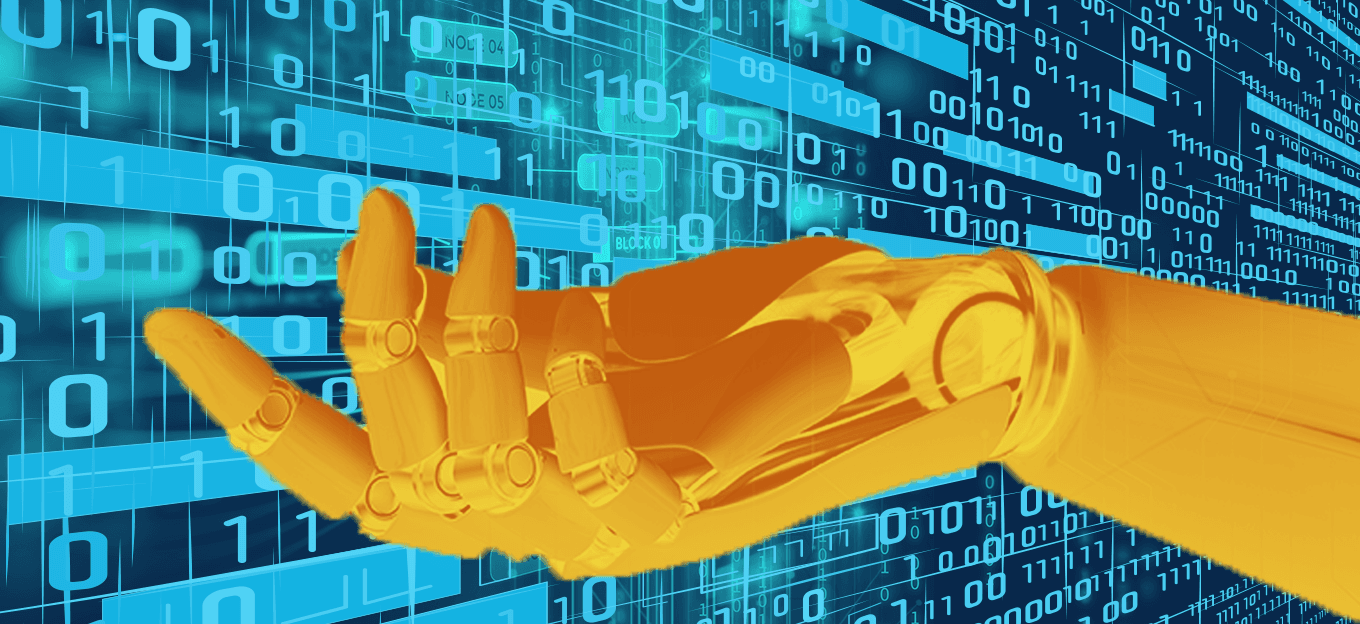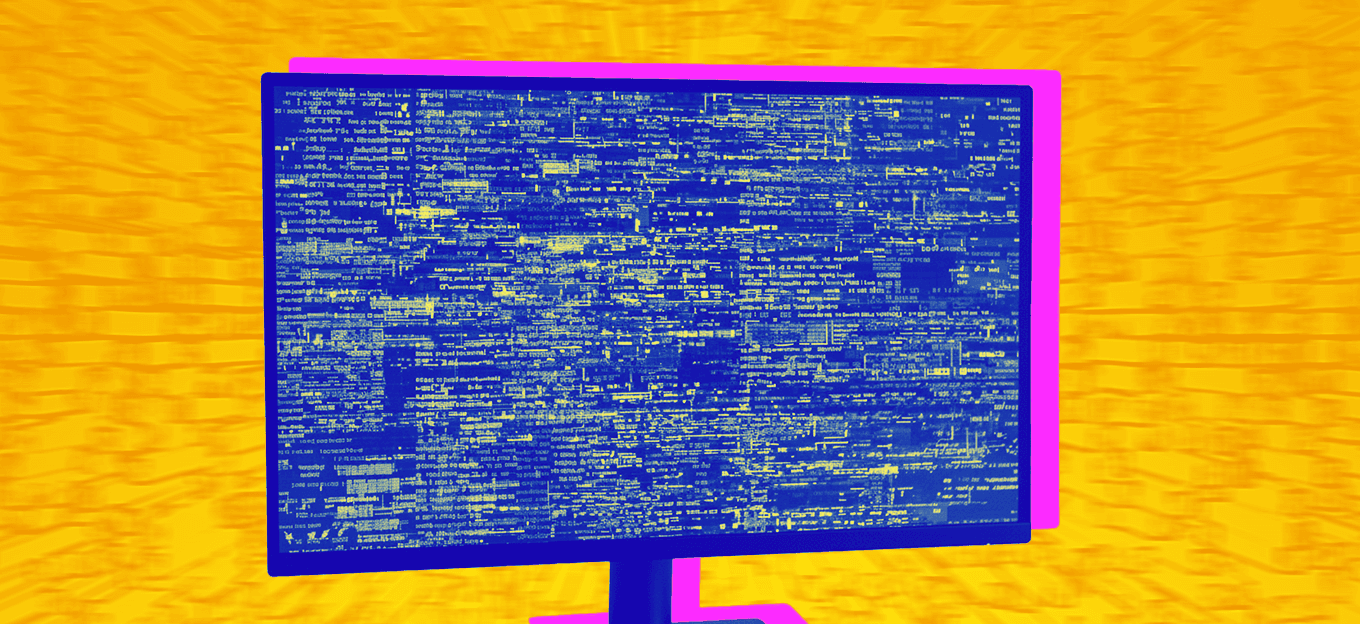3 Crucial Factors That Ensure Seamless IoT Transformations
3 Crucial Factors That Ensure Seamless IoT Transformations
- Last Updated: December 2, 2024
Naveen Kumar Vadapalli
- Last Updated: December 2, 2024



The current IoT market is worth a whopping $800 billion! Estimates suggest it would surpass $1 trillion by 2024. The amount spent globally on IoT devices and technology is also expected to witness a sharp increase from $749 billion in 2020 to reach $1.1 trillion this year, as per Statista.
Every figure above tells the same story—IoT transformations will continue to soar for the foreseeable future and change industries.
After all, the IoT ecosystem has drastically changed the landscape of industries across verticals, be it supply chains, hospitality, agriculture, health, finance, or manufacturing. Utilizing connected devices that offer data-driven insights that further pave the way for automation, IoT has helped businesses deliver:
- Innovative industry solutions
- Improved customer experience
- Enhanced efficiency and security
No wonder then that kickstarting an IoT journey is often integral to a company’s digital transformation efforts. After all, IoT transformations enhance efficiency and help global businesses stay ahead in an increasingly competitive world. The only hitch?
"IoT transformations enhance efficiency and help global businesses stay ahead in an increasingly competitive world."
-Naveen Kumar Vadapalli
Although the process of moving towards automation and data-based decision-making can be exciting, the journey can also get extremely complex without strategic planning in place. The other big challenge that businesses face is creating products that would stay relevant as IoT transformations become more integral and sophisticated as years go by.
The question businesses have to then answer is, what aspects of a transformation journey do they focus on to create an effective, customized, and future-ready IoT transformation journey, all while keeping costs in check?
Here are three aspects that are critical to executing an effective transformation.
Product Design is Crucial to IoT Transformations
Given that over 13 billion IoT devices were at play globally in 2022 and the number is expected to increase to 29 billion by 2030, product design plays a central role in initiating a compelling IoT journey. Connected devices need to engage and interact in an external physical environment and a cloud-based digital ecosystem, which also means businesses need to ensure that hardware, software, and firmware are integrated well to perform smoothly.
To make IoT transformation journeys rewarding, they need comprehensive, well-strategized, and integrated product designs that seamlessly work with Computer-Aided Design (CAD), AR, VR, and MR. The chief factors that make a successful IoT product design are:
- User experience and usability
- Security
Half the battle is won by moving away from product-centric to experience-centric IoT design.
Data Integration is the Game Changer
By 2024, about 50 percent of data will be sourced from IoT devices as per Gartner’s estimates. The reason is simple. IoT devices generate massive amounts of data by design and more businesses are leaning towards bringing IoT devices into the mix. But data sitting in a place doesn’t do much. It needs to be brought back into business processes, ecosystems, AI/ML models, product designs, hardware, software, and more while being blended into day-to-day activities to derive insights.
What businesses need is to integrate the incoming raw data effectively for insights. This often becomes a challenge with legacy technology architectures, systems, storages, applications, and the sheer heterogeneity of IoT devices, protocols, and communication networks involved. The only way to realize the true value of a hyper-connected IoT structure is to integrate business applications with the IoT technology stack, maintaining both the security and the integrity of data.
For instance, industrial IoT (IIoT) manufacturing systems today incorporate CRM, ERP, PLM, and more to offer a cohesive picture, allowing machine-level autonomy and intelligence to boost operational efficiency.
Data Mining is Crucial to Derive Actionable Insights
While product design and data integration are crucial to create a holistic IoT ecosystem, there is yet another factor that has become a differentiator for successful IoT transformations: Data Mining. While this is the catalyst for any business to start its IoT journey, it can become quite a herculean task to manage and organize data well to derive relevant insights from it.
Leveraging strategic data engineering solutions to simplify and streamline raw data for easy analysis and quick implementation can be the differentiator. It can help deliver excellence by sorting out contextual information.
These are the few vital questions businesses should ask in this effort:
- Is the data empowering you to make strategic decisions with certainty?
- Are you harnessing the right data mining software and model to solve proactively?
- Does its predictive nature or pattern identification help deliver actionable insights?
With the right analytics and business intelligence, companies can deploy data to achieve their business objective and deliver value to all stakeholders, thus making their IoT journey one worth battling the choppy waters for!
The Most Comprehensive IoT Newsletter for Enterprises
Showcasing the highest-quality content, resources, news, and insights from the world of the Internet of Things. Subscribe to remain informed and up-to-date.
New Podcast Episode

The State of Cybersecurity in IoT
Related Articles





